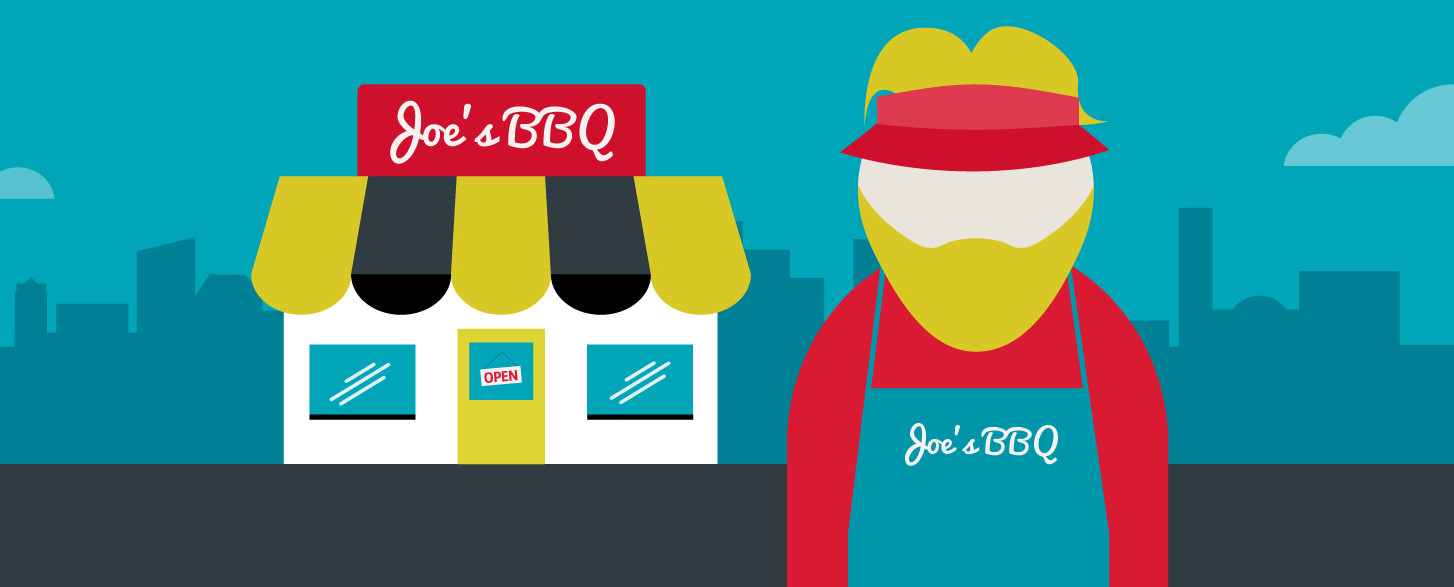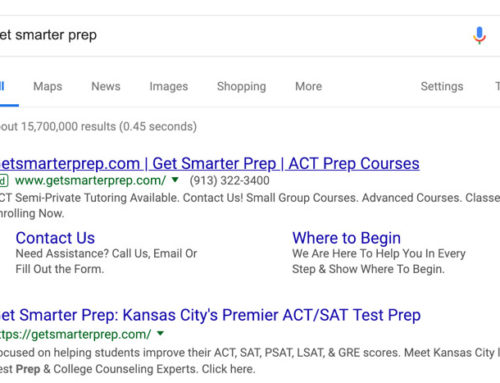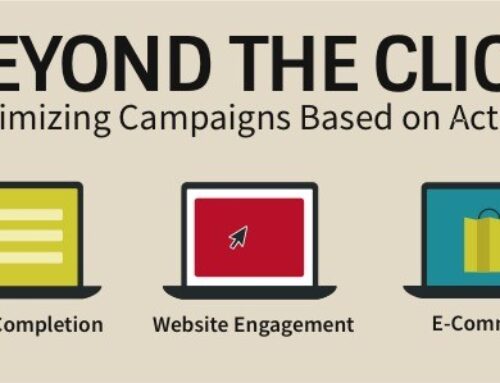I’ve worked with local businesses for nearly two decades and there’s one pretty constant rule I can count on when it comes to their choice to advertise: they don’t like to take risks. Unlike the big national brands who they claim have unlimited advertising budgets, their choice to invest in advertising literally take money out of their own pockets. They expect advertising to work. They expect a positive ROI. They expect that investment to find its way right back into their pockets, and then some.
I don’t blame them. That is the point of advertising, after all – to make money. One can talk about “the value of branding” all day long, but if a local business owner doesn’t see hard cold sales come from their investment, they’re likely to cancel it before this hard-to-perceive “value of branding” has a chance to work.
The real risks are taken by the big national brands. Someone somewhere is spending the brand’s money, and even though they are technically the steward of that investment, it’s not really their money that they are putting on the line. Sure, they’re taking a risk too. If the advertising doesn’t work, they’re risking their job. Or in the case of an agency, they risk losing the account. But it’s not the same as the plumber risking this year’s vacation money on an ad campaign.
So local tends to wait and see what happens with national brands. “If it works for them, maybe it’ll work for me,” they think. We’ve seen this probably since the dawn of advertising, but most recently it is apparent in ad tech.
TARGETED DISPLAY ADS
Do you remember the first time you saw a display ad that was personally relevant to you “following you around the web?” Maybe it was for a pair of shoes you had just looked at or a vacation you were planning. You had just visited a big brand’s website and then you were suddenly being stalked by them. I’m willing to bet that it was a national brand. Maybe it was a big department store, a fashion brand, an airline or a hotel chain. It probably wasn’t a local restaurant or pest control company. Right?
Today, the targeted display space is flooded by local advertisers. Local car dealerships, attorneys, universities, even grocery stores are using targeted display to advertise locally and they are seeing great results. They saw what worked with national brands and adopted it for themselves.
GEO-FENCING
You may have heard the recent news about Burger King geo-fencing McDonalds and offering a Whopper for a penny. Clever, right? Conquesting the competition isn’t a new strategy. I recently saw a Chick-fil-a billboard right outside of a Cain’s Chicken location.
What Burger King is doing, is taking advantage of GPS location data on smartphones to try and persuade McDonald’s customers to visit their restaurants.
Now to be fair, they are relying on their own app. As I understand it, the ad pings users who come within 600 feet of a McDonald’s but I’m fairly certain that the targeted users have to have the BK app on their phones for this to happen.
While it is challenging for local advertisers to duplicate this national brand’s strategy for the same reasons they cannot use beacon advertising, there are ways they can use geo-fencing to conquest their competitors with smartphone GPS location data.
By partnering with a DSP that has access to location data that doesn’t rely on the local business owning their own app, they can reach people who are visiting their competitors’ locations.
This allows a local brand like Joe’s Barbecue to place fences around every restaurant within driving distance and make the people visiting those restaurants into a target audience. Later, as they surf the web or use ad-supported apps, Joe’s can show them their display ads.
It’s not an app notification like Burger King or the MLB use, but it also doesn’t rely on every user having the nonexistent Joe’s Barbecue app on their phones. It’s simply a display ad that appears to those people who visited the competitor geo-fences.
More and more local businesses are using this strategy as it has been adapted to work in a local environment.
OTT/CTV
As I write this article in December of 2018, you’re probably hearing that 2019 will be the year of Connected TV. Advertisers are eager to play in the streaming TV space as more and more people cut their cords.
If you’re an OTT consumer, you’ve probably noticed that nearly every commercial in this space is from a big brand. Car dealers, pharmaceuticals, national restaurant chains and the like currently own this space.
But mark my words. As more and more inventory comes available, and as local sellers find ways to offer this opportunity to local business owners, we’re all going to start seeing ads that are much more relevant to us and more importantly, much more local.
Personally, I’m looking forward to it. If I’m consuming free content that is supported by commercials, I prefer that the ads are relevant and local. It’s an exciting time for local in this space because national has already tested the waters and they continue to invest heavily – a clear indication that when local follows, so will the ROI.
Thanks for reading.






